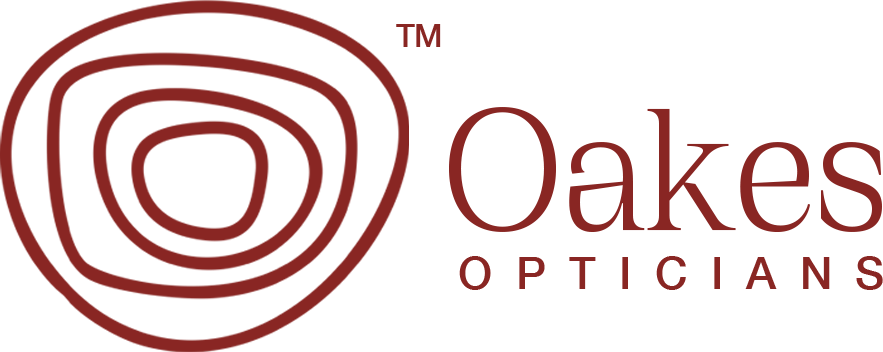
Vision occurs when light enters the eye through the pupil. With help from other vital structures in the eye, like the iris and cornea, the appropriate amount of light is directed towards the lens. Just like a lens in a camera, the lens in the eye ‘refracts’ (bends) incoming light onto the back of the eye (retina). The retina is like the film part of a camera. The retina is made up of millions of specialised cells known as rods and cones, which work together to transform the image into electrical energy. This electrical signal is sent via the optic nerve in the retina to be processed by the brain.
Lens
The lens is a transparent body behind the iris. The lens bends light rays so that they form a clear image on the retina. The lens is elastic and can change shape. It gets fat to focus on close objects and thin for distant objects.
Cornea
The cornea is the transparent membrane that forms the outer coating at the eyeball’s front and covers the iris and pupil. It also focuses light on the retina.
Pupil
The pupil is the dark circular hole in the centre of the iris. It allows light to pass through and is made larger or smaller by the iris.
Iris
The iris is the coloured circle surrounding the pupil and controls its size. The colour is determined by the amount of melanin pigment in your eyes and the nature of your genes.
Retina
The retina is the light-sensitive inner lining of the back of the eye. Rays of light enter the eye and are focused on the retina by the cornea and lens. The retina produces an image that is sent along the optic nerve for the brain to interpret.
Vitreous
The vitreous is the clear, jelly-like substance that fills the inside of the eye from the lens to the retina.
Macula
The macula is the small area at the centre of the retina responsible for what we see straight in front of us, at the centre of our field of vision.
Sclera
The sclera is the white of the eye and forms the outer coating of the eyeball.
Conjunctiva
The conjunctiva is a mucous membrane covering the exposed front portion of the sclera and lines the eyelids’ inside.
Tear film
The tear film is the moist layer covering and protects the outer surfaces at the front of the eye.
Below 40 years of age, we recommend you have an eye test at least once every two years. If you are over 40, you should have an eye test every year. If you have a history of eye disease in your family, you should have one at least every year or on the recommendation of your optician. Children should be tested every year.
If you experience any of these symptoms, we recommend you get an eye test as soon as possible
- Frequent headaches
- Tired eyes
- Dry eyes
- “Floaters” or other debris in your eyes
- Frequent red eye
- Double vision
- Squint
- Burning sensation watery eyes
- Itchiness
Dry eye syndrome can happen due to your eyes not producing enough tears, or your tears are of poor quality. This can be due to several reasons. However, Dry eye can easily be managed. Read more about dry eye syndrome.
If you are an existing customer, we already have your records to check. But if you are new to Oakes Opticians, you will need to have an eye examination.
Children can get an eye test from any age. At Oakes Opticians, we recommend that children have their eyes tested before they start school. Our vision is a critical element of our learning and development, so an eye test early can help us correct problems that may harm our child’s growth.
If you wear glasses or contact lenses, you will need to bring them with you. Also, make a note of any medicine you are taking and GP so you can pass these onto your optometrist before your eye exam. If you have any special needs, such as hearing loss or mobility issues, please let us know before you arrive for your eye test to make the necessary arrangements to make you feel as comfortable as possible.
Most exams last about 20 minutes. However, if you choose to have your pupils dilated at the time of your exam, your appointment could last up to 40 minutes.
[Heads up: Dilations can cause your eyes to be sensitive to light for several hours after your exam. Best to book your appointment for a time when you can rest up afterwards!]
Yes, appointments are strongly encouraged. However, we would take walk-ins if the schedule allows us or if you have an emergency.
For Cancellations, please contact us at least 24 hours in advance to avoid being charged. All appointments booked through this website are provisional. We will contact you to confirm the appointment if the date is available.
